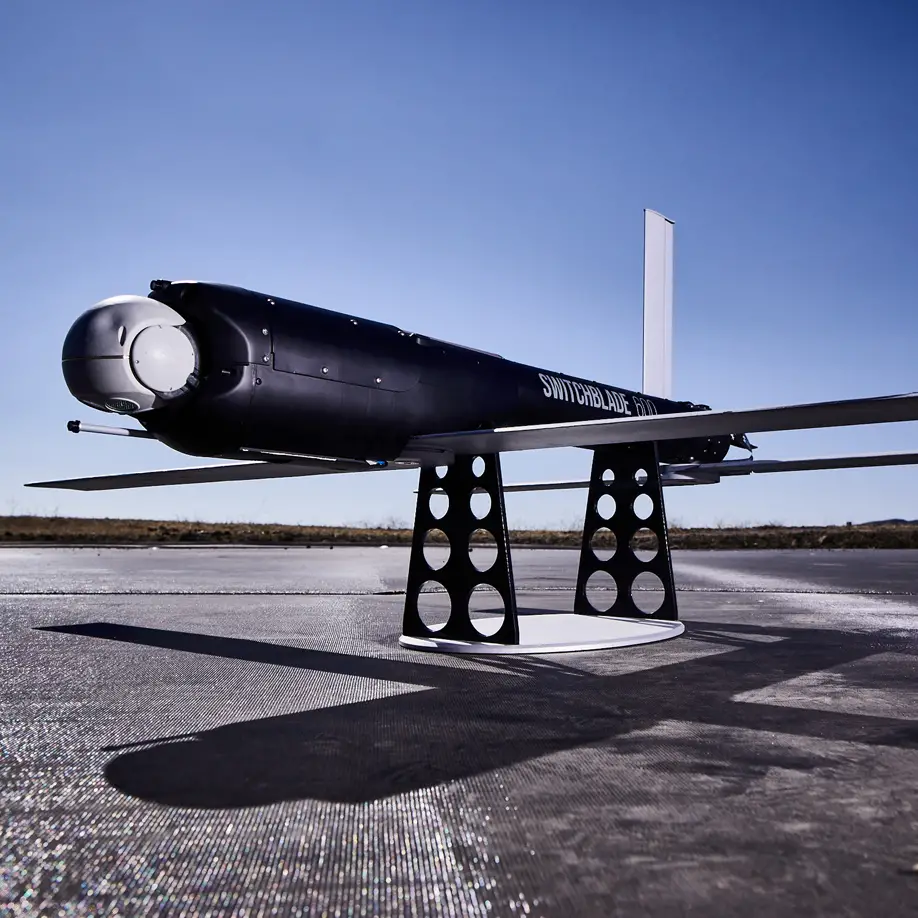AeroVironment (AV), a global leader in intelligent, multi-domain robotic systems, announced today that the U.S. Army has awarded a $54.9 million delivery order for the production of Switchblade® loitering munition systems. The recently announced award includes an additional contract ceiling of $743 million with $54.9 million in new funding. This contract is issued as part of a broader, previously executed, indefinite delivery, indefinite quantity contract, and ensures continued support for both the U.S. Army and several allied partners, including Lithuania, Romania, and Sweden.
“This contract allows us to continue delivering Switchblade systems to the U.S. Army and allied partners at speed with upgraded capabilities based on real-time battlefield feedback,” said Brett Hush, AV’s senior vice president and general manager of Loitering Munition Systems. “We are honored to provide the U.S. Army and our international partners with battle-proven technology.”
Work on this contract will be performed in Simi Valley, California, with an estimated completion date of June 30, 2026. The award, which leverages fiscal 2023 and 2024 Army funds along with Foreign Military Sales, highlights AV’s ongoing commitment to delivering proven, battlefield-ready technology that meets the evolving needs of modern armed forces. AV remains focused on providing warfighters with superior, reliable, affordable systems at scale to meet the evolving requirements of its global defense customers.
AeroVironment, Inc. is an American defense contractor headquartered in Arlington, Virginia, that designs and manufactures unmanned aerial vehicles (UAVs). Paul B. MacCready Jr., a designer of human-powered aircraft, founded the company in 1971. The company is best known for its lightweight human-powered and solar-powered vehicles. The company is the US military’s top supplier of small drones —notably the Raven, Switchblade, Wasp and Puma models. AeroVironment, Inc. pioneered and is a leader in the markets for small Unmanned Aircraft Systems, Loitering Munition Systems, Unmanned Ground Vehicles and High-Altitude Pseudo-Satellites.















